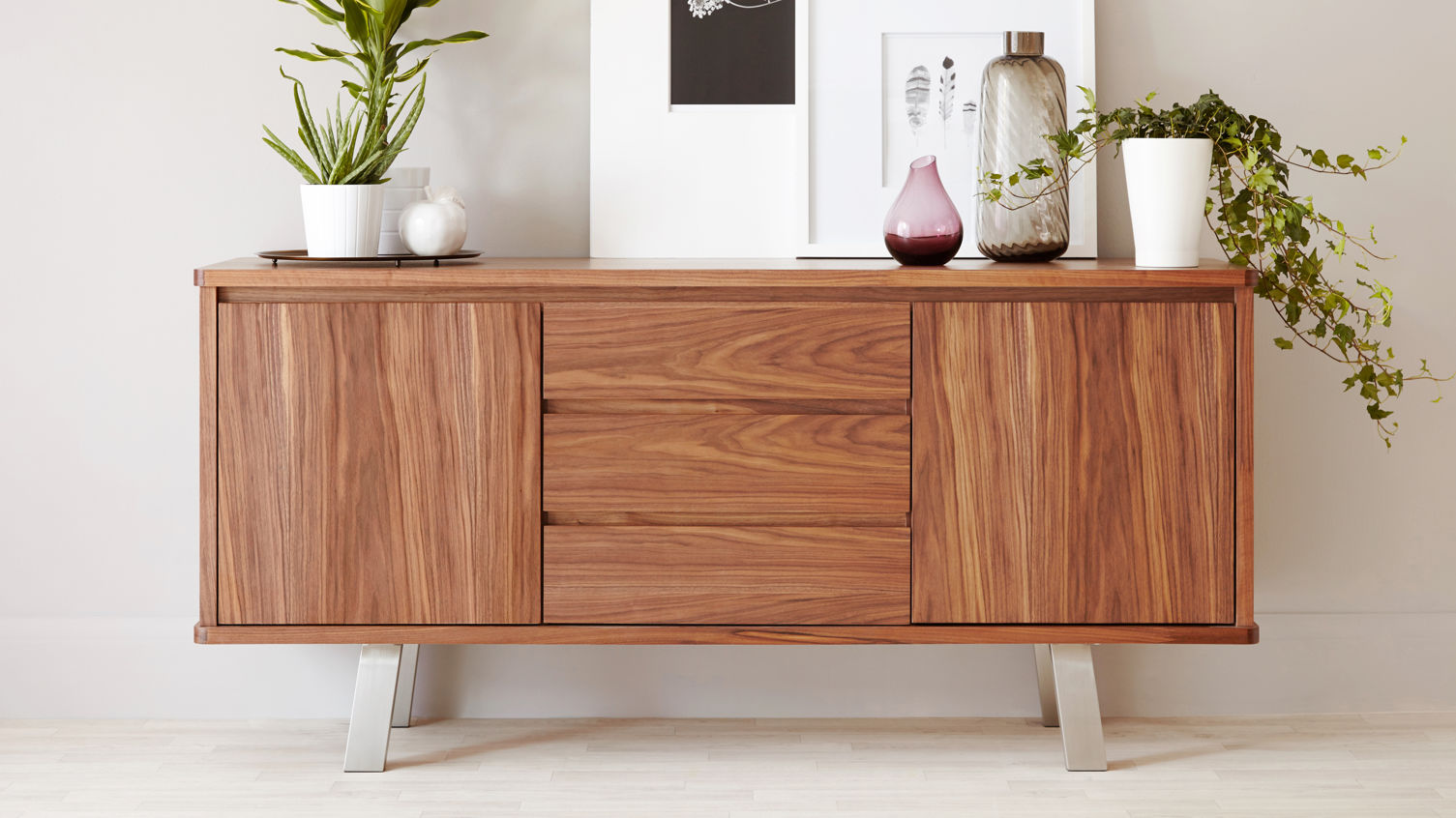Veneers can dramatically change the look of an interior when applied correctly. This surface has become popular due to its aesthetics and lower cost compared to natural wood. However, veneer is not as durable as natural wood and there are also precautions when using and preserving to prolong the life of the product.
Veneer is a high-priced product
The veneer surface is actually a laminate, with its natural properties and generally non-toxic in its original condition. However, in order to process the veneer layer on wooden boards, usually industrial wood, it still needs painting or polishing stages to adjust the color, increase surface durability and avoid negative effects from the environment. There are actually non-toxic adhesives or paints that do not release volatile organic compounds into the environment. However, these types have not been widely used because of their very high cost, making the finished product even more expensive.

Besides, veneer is just a thin layer of wood, so sanding when finishing also needs to be careful, this process is easy to cause scratches, even tears that cannot be repaired, requiring replacement. The water-repellent property also causes this material to quickly peel, blister, delamination and reveal the underlying plank. As a result, veneer becomes a rather expensive surface as the entire surface then needs to be replaced.
Processing veneer requires a high level of skill
Veneer panels are not as easily machined as melamine or laminate surfaces. This product requires skilled workers, with high expertise. When working with veneer requires that air gaps be properly removed in order to obtain a surface finish. In addition, the veneered boards must be pre-adapted to the installation environment, at least kept in the installation environment for 3-5 days before finishing processing.
To increase the durability of the veneer surface, periodic polishing also needs to be reviewed and performed regularly.
Complicated maintenance process
Veneer surfaces require periodic maintenance and polishing to maintain their aesthetic appeal and durability.
Veneers, besides, are non-repairable surfaces. Unlike natural wood, which can be easily repaired by repeated sanding, the veneer is so thin that when sanding the surface can reveal the underlying core.

Usually, veneer is coated on MDF or plywood (plywood) with a different expansion or contraction rate than the coating on the surface. Therefore, when the veneer layer shrinks according to the environment, the underlying material will not shrink at the same rate, leading to the cracking of the upper veneer surface.
Limit use in environments with high humidity
When exposed to a humid environment or water for a long time, the veneer is easily damaged. Even with a glossy finish, veneer panels are prone to blistering and damage when exposed to water.
Although veneer has natural beauty and is cheaper than natural wood, the surface treatment and maintenance process also makes this product very “picky” for users and requires high costs compared to other industrial surface materials.
